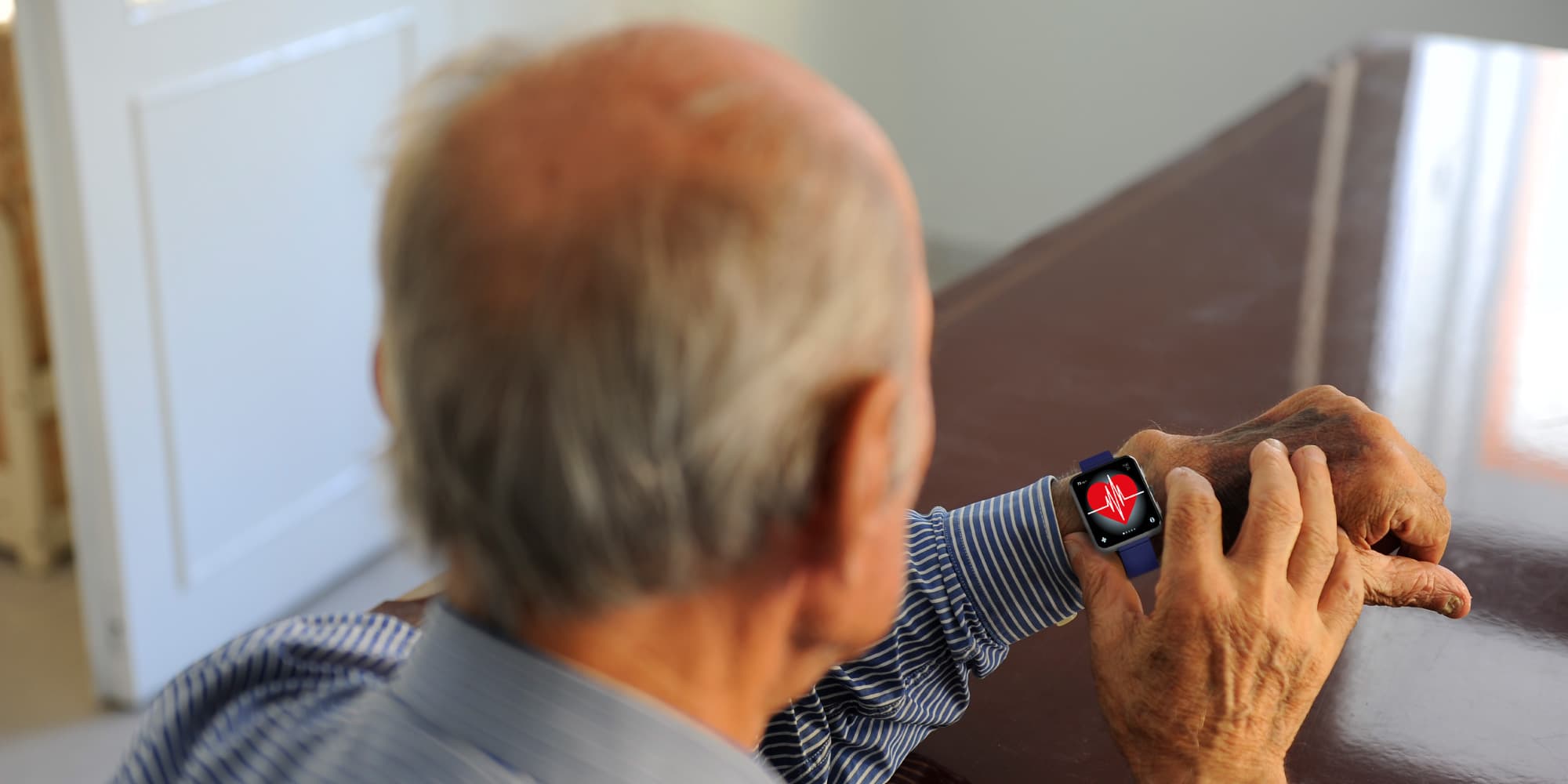
Ultra-low-power radio and Bluetooth for medical devices
The next generation of wearable, implantable and ingestible devices needs to transfer data in a secure, low-power, and user-friendly way. This is how imec helps you to overcome that challenge.
As the domain of connected health solutions keeps expanding from wearables to ingestibles, insertables and implantables, the challenge of establishing that connectivity continuously increases. Here are some factors to consider when you’re developing an innovative on- and especially in-body medical device that needs to communicate with the outside world:
- form factor – How much real estate does your radio chip take up from the extremely constrained volume of an ingestible or implantable?
- power consumption – How long do you want the medical device to last on a tiny battery?
- comfort – Can you make it easier for the patient by not inconveniencing him with patches or gel to read-out or input data?
- interference/noise – Can the communication signal be hindered by electromagnetic activity from other electronic devices?
- security – How easy is it to protect your medical device from hacking or data theft?
Moreover, there’s a trend in the medical device market that you can’t afford to ignore: compatibility with standard wireless devices. Easy data transfer to a smartwatch or smartphone allows patients to check the status of their wearable or implantable, set alarms and easily transfer the data to their doctor.

The easy connection with a smart device is a big advantage of the use of Bluetooth for medical devices.
Taking all that into account, imec currently focuses on Bluetooth as an excellent wireless technology for medical devices. We also have an extensive portfolio of other ultra-low-power wireless IP for on-body and in-body communication. And we’re investigating the possibilities of ultra-wide band for these kinds of applications.
Bluetooth Low Energy
Bluetooth is a household name, a proven technology and a standard component of just about every smart product on the market. So it makes sense to use it as the wireless technology for your medical device. However, standard Bluetooth radios are not suited for use in implantable or ingestible sensors – because of the strict limits these devices impose on volume and power consumption.
Imec’s most recent BLE radio achieves:
- a power consumption below 2.3 mW, which is 4 times better than the state of the art
- a silicon area smaller than 1 mm²
This makes it ideally suited for in-body applications. Because of its low bill of materials, it’s a great fit for low-cost solutions such as leave-behind sensors and disposables. And thanks to technologies like secure distance bounding, it can be secured against hacking threats such as relay attacks.

Imec’s BLE transceiver on a test board
Want to equip your medical device with Bluetooth? Imec gladly supports you with radio-transceiver IP that can be customized for your application.
Download our white paper on technologies for next-generation implantable devices.
Ultra-low-power (ULP) wireless radio
In various international spectrum allocations, the 400-MHz band is accepted for the transmission of data to and from medical implants. The advantages of this low-frequency band for in-body communication are obvious:
- propagation characteristics that preclude attenuation by the body
- ultra-small volume requirements for the chip and antenna of the receiver
Imec houses a wide range of ULP wireless expertise under one roof. That includes system and algorithm design, DSP, digital and analog/RF IC design, feasibility studies, RF measurement and experimental evaluation.
Ask for our IP for ULP wireless solutions such as:
- IEEE 802.15.4 (Zigbee, Thread)
- IEEE 802.15.4g (WiSun)
- IEEE 802.11b/g/n (WiFi)
- IEEE 802.11ah (WiFi HaLoW)
- 3GPP LTE ‘Cellular IoT’ – e.g. Narrowband-IoT (NB-IoT) Cat NB1 and Cat M1
- wake-up radios – For BLE and proprietary modes
- medical / implantable radios for IEEE 802.15.6 and proprietary modes of 3.6Mbps
- RF ranging / localization
- ultra-wide band
Tap into our expertise
As a world-leading R&D center for nano- and digital technology, imec is a trusted source for the IP you need to build your wireless solution. But we can help you in additional ways to accelerate the development of your groundbreaking solution:
- system and IC implementation
- product-specific antenna design with attention to form factor, materials and packaging
- design, prototyping and low-volume manufacturing of custom low-power radio ASICs
- access to high-volume production by our foundry partners












